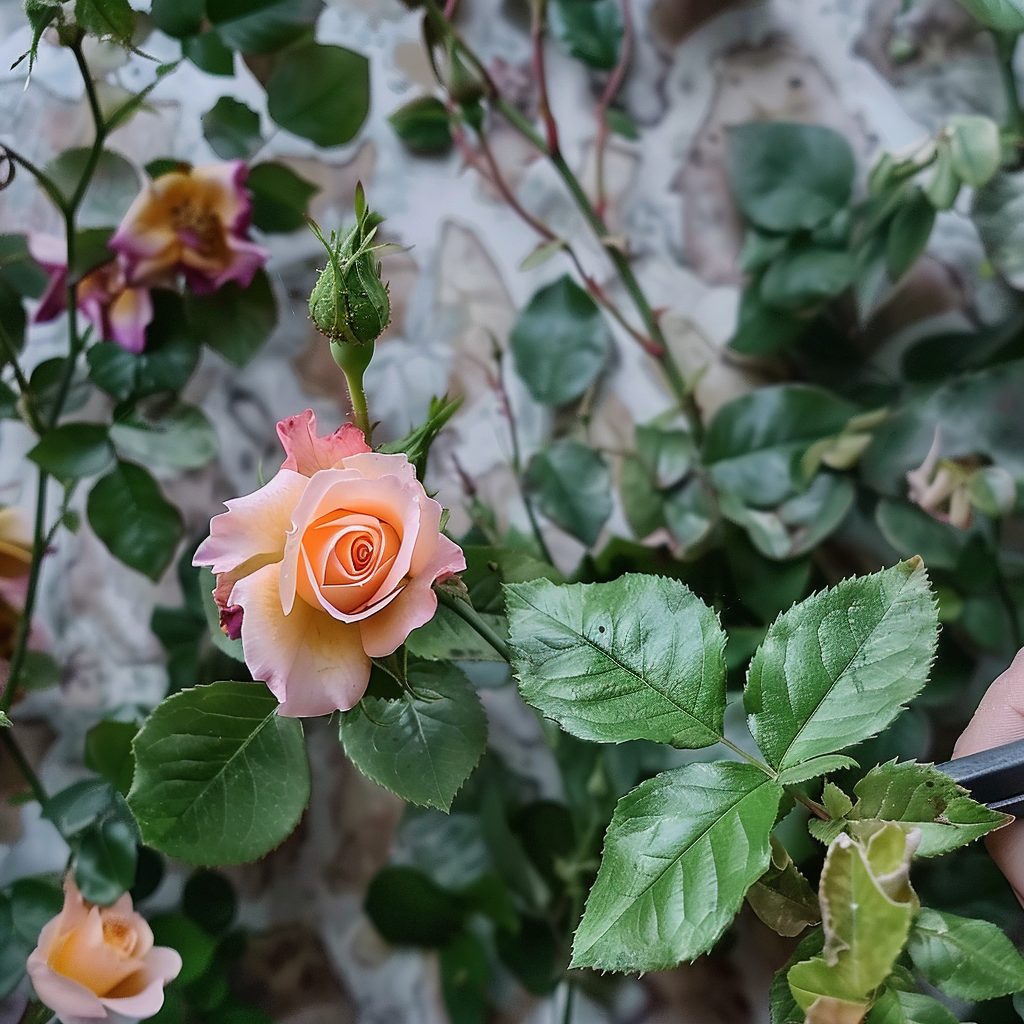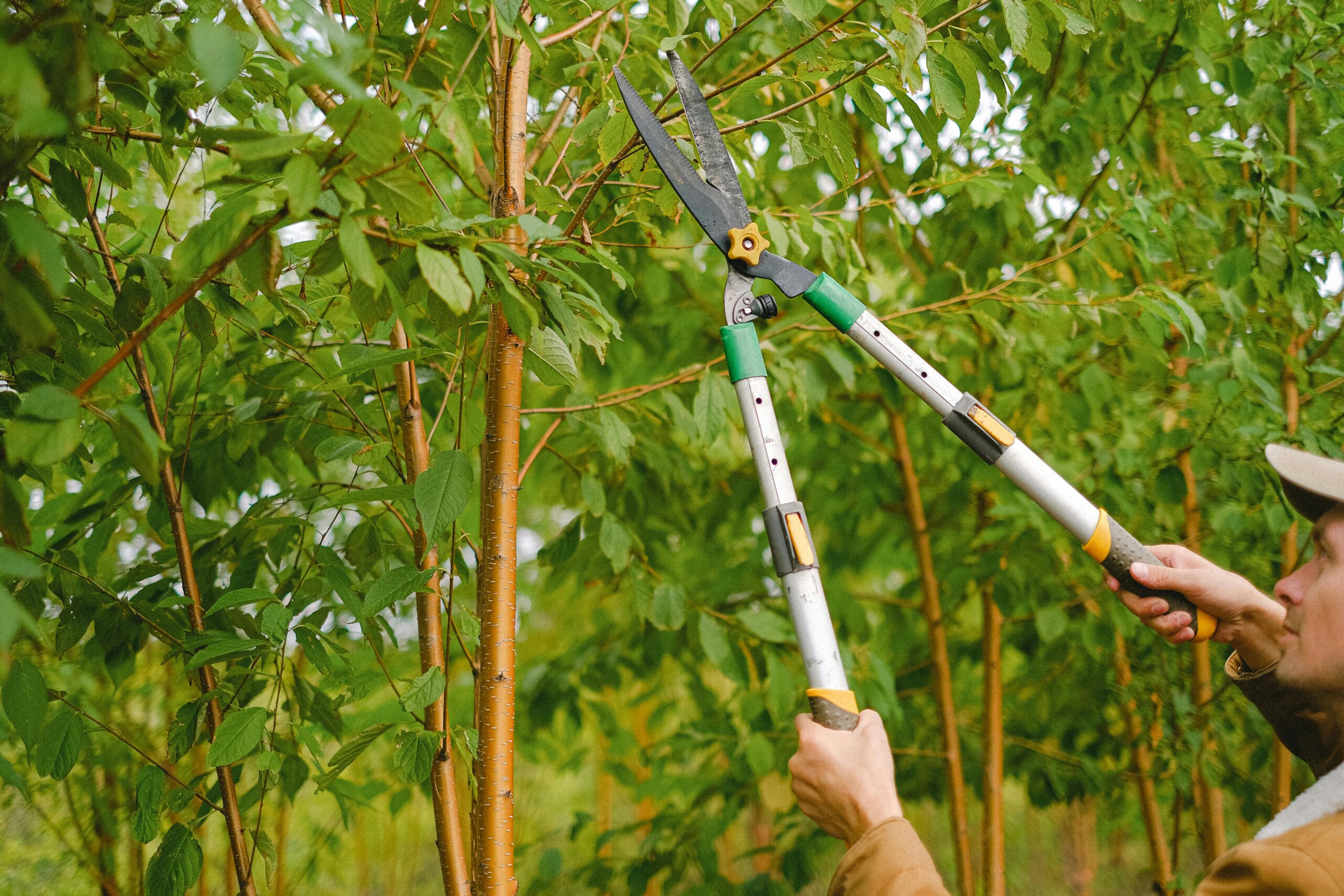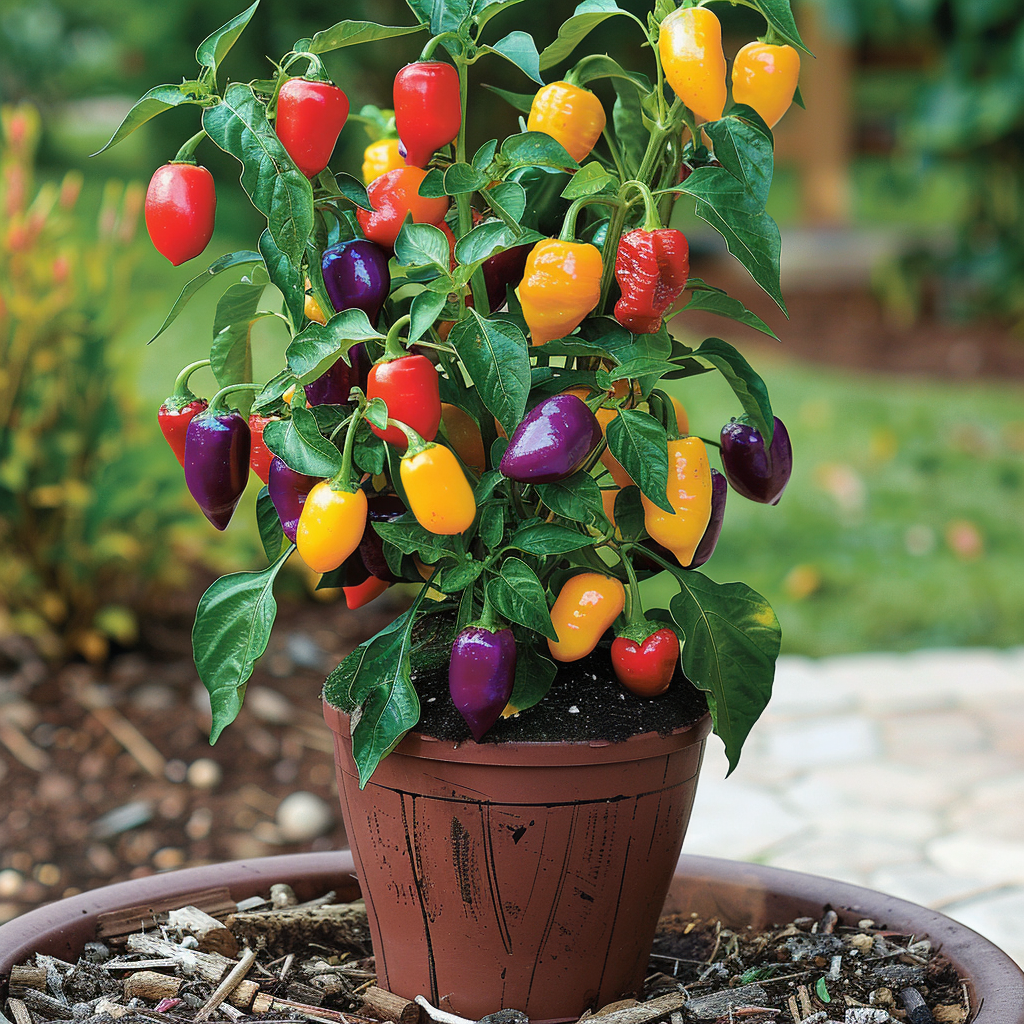WANT TO SAVE THIS RECIPE?
Starting a vegetable garden for the first time can be daunting, but it doesn’t have to be overwhelming. Focusing on a few hardy, low-maintenance vegetables is the perfect way to build your beginner gardening confidence and skills.
Best Beginner Garden Vegetables
Here are 6 of the easiest vegetables to grow for novice gardeners:
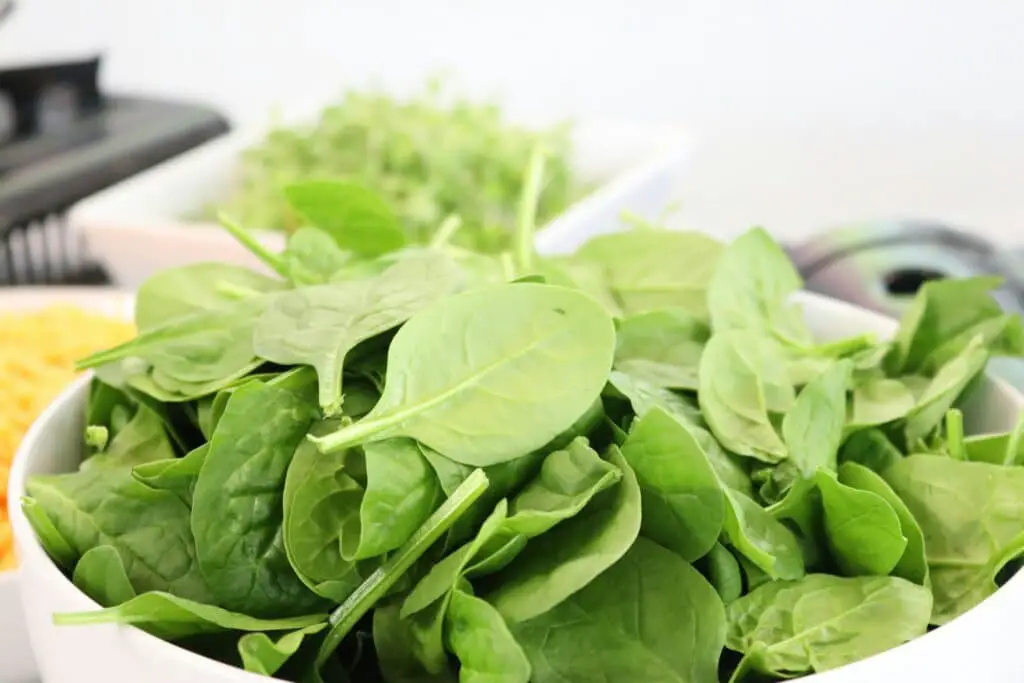
1. Spinach
Easy-to-grow leafy greens like spinach rank high on any beginner gardener’s starter list for good reason. These plants are cool weather specialists that tolerate frosts to supply healthy greens weeks before summer heat lovers get started. Given the right location, spinach is carefree yet highly productive.
Growing Conditions
A member of the Chenopodiaceae plant family that also includes beets and Swiss chard, spinach thrives in cool conditions. This crop favors air temperatures of 60-65°F/15-18°C and soil temperatures around 50°F/10°C for germination. Hot weather above 75°F/23°C causes spinach to bolt or set seed prematurely.
During spring and fall, set seedlings or sow seeds directly in full sun. But as temperatures climb, provide afternoon shade or grow spinach under taller garden crops such as tomatoes or trellised cucumbers.
Preferring soil pH of 6.5-7.0, spinach flourishes in well-drained, fertile loam enriched with compost. In tossing salad mixes, baby spinach’s mild flavor balances spicy greens like arugula and tangy radicchio.
Planting and Spacing
Expanses of deeply hued spinach foliage add striking beauty to fall and spring garden scenes. To harvest similar attractive baby leaf or mature crops, prepare raised beds and level planting sites free of weeds that compete for nutrients and water.
Direct sow seeds or set out transplants in early spring 2-3 weeks before the last average frost. For fall crops, resow 6-8 weeks before first expected hard freeze. Space plants 2-6 inches apart in all directions in beds or wide rows to grow multi-use crops for salads and cooking. Best yields come from successive plantings spaced 1-2 weeks apart to ensure an uninterrupted supply.
Care and Maintenance
Efficient spinach requires minimal care beyond keeping plants consistently moist and monitoring for pests or diseases. To conserve soil moisture, apply 3-4 inches/7.5-10 cm of organic mulch over the soil surface between plants. Or opt for black plastic sheeting or landscape fabric over drip irrigation lines.
Examine foliage frequently and identify/address diseases like downy mildew early. Watch also for infestations of leafminers, spinach beet leaf borers and other beet-loving pests. Keep crops weed-free as spinach has shallow roots easily crowded.
Harvesting
Timing is everything for spinach harvest. With crops bolting quickly as they mature, experienced gardeners know to harvest spinach practically “on the run.”
- To cut baby greens or mature leaves, grasp a handful of stems low and trim just above soil level using scissors or sharp knives.
- For clean-pulling whole plants, water well the day before.
- Spinach tolerates light frosts, extending seasonal output of fall crops. But taste suffers when temperatures drop below 20°F/-7°C.
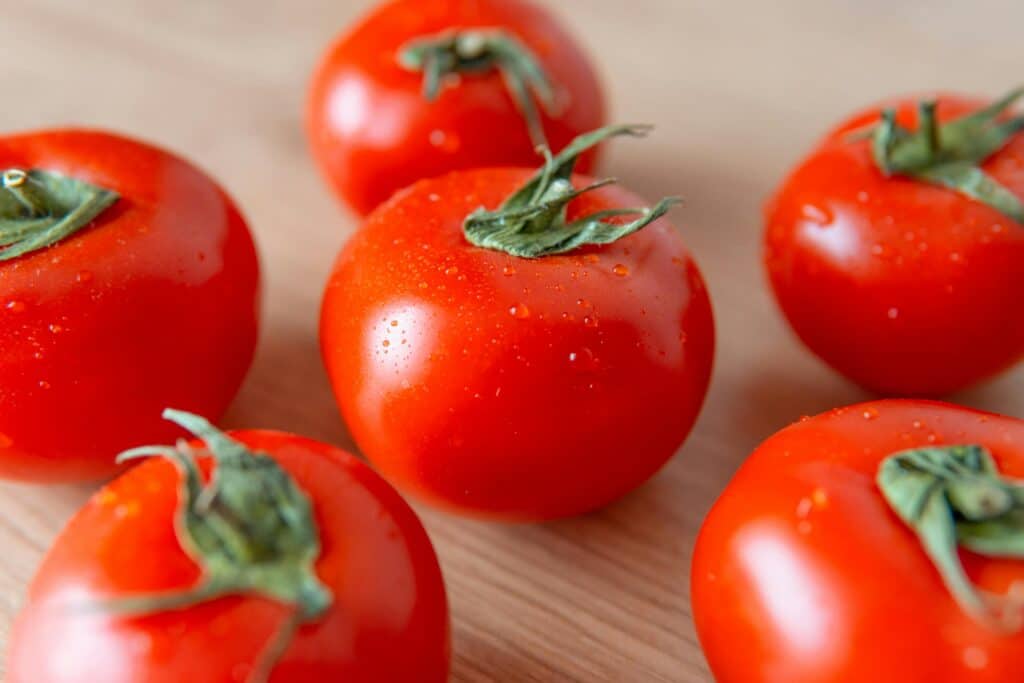
2. Tomatoes
A favorite among home gardeners, vining tomatoes reward a little extra care with abundant fruit perfect for eating fresh or preserving as sauce, soup, salsa and more. This heat-loving crop requires warm soil, full sun and consistent moisture for best growth and productivity.
Determinate bush varieties grow compactly, maturing early for canning/freezing. Or choose eager-to-climb indeterminates that keep producing until frost with support from tall stakes or cages.
Start seeds indoors 6-8 weeks before last expected spring frost. Harden off and transplant seedlings outdoors after danger of chill passes. Space plants 18-24 inches apart in nutrient-rich soil and keep evenly moist, avoiding wet foliage. Side dress with organic fertilizer as fruits develop.
Watch for common pests and diseases. Identify blossom end rot (BER) early and correct uneven moisture. Harvest tomatoes at deep color stages for maximum flavor – leaving some green skin is okay!
3. Cucumbers
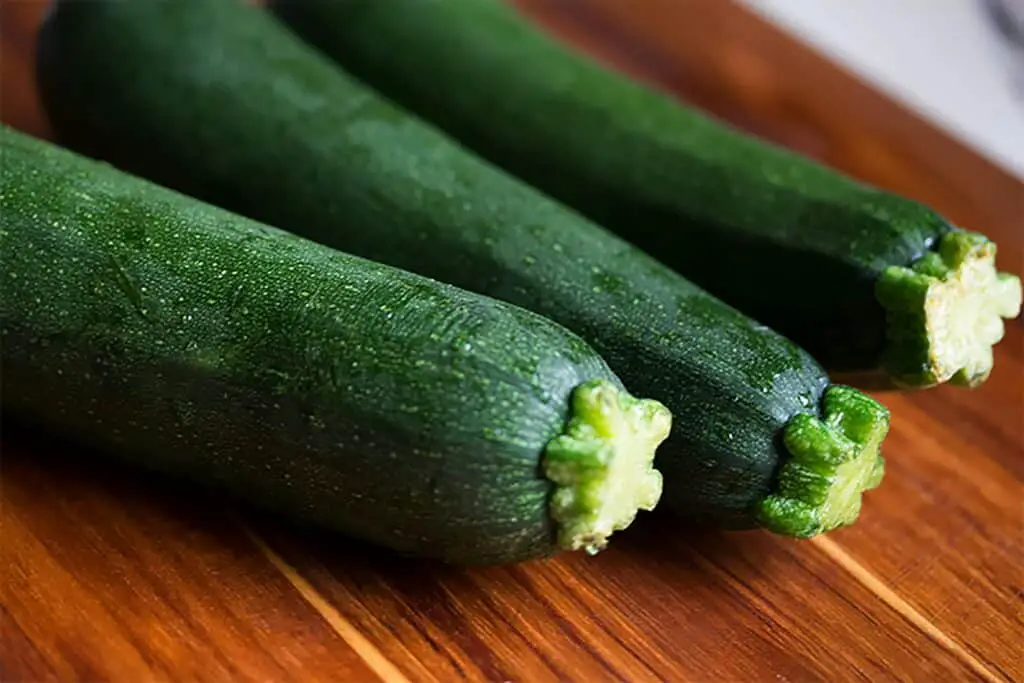
Fast-growing cucumbers lend themselves easily to training up sturdy vertical supports. This DIY space-saving trick keeps developing fruits clean, evenly colored and straight.
Direct sow cucumber seeds or set transplants after soils warm to at least 60 ̊F. Space plants far enough apart to accommodate adult vine width. As they grow, gently tie main stems to supports, training shoots directionally.
Pinch off early buds to focus strength into main vines. Hand pollinate early blossoms by transferring pollen for earlier yield. Stay vigilant against common cucumber pests and disease. Harvest young, slender fruits daily for extended productivity.
4. Carrots

These sweet cold hardy roots deserve beginner garden glory for being so obliging and carefree. Direct sow carrot seeds in loose, rock-free, compost-amended garden beds or deep pots. Nature and steady moisture do the rest.
Cover seeds sparsely with fine soil or vermiculite, 1⁄4 inch deep. Gently pat level and water in, then mist daily to maintain surface moisture until sprouting. Perfect conditions yield seedlings in 7-21 days.
Thin seedlings to proper spacing, at least 2-3 inches apart, when tops are 2-inches tall. Keep beds moist to hasten growth and prevent stunting or woody roots. Side dress with balanced organic fertilizer when tops reach 4 inches.
Check sizing by gently digging up carrots on the garden edge. Harvest all at once when roots reach desired size. Flavor improves after light frosts bring out carroty sweetness!
5. Beets
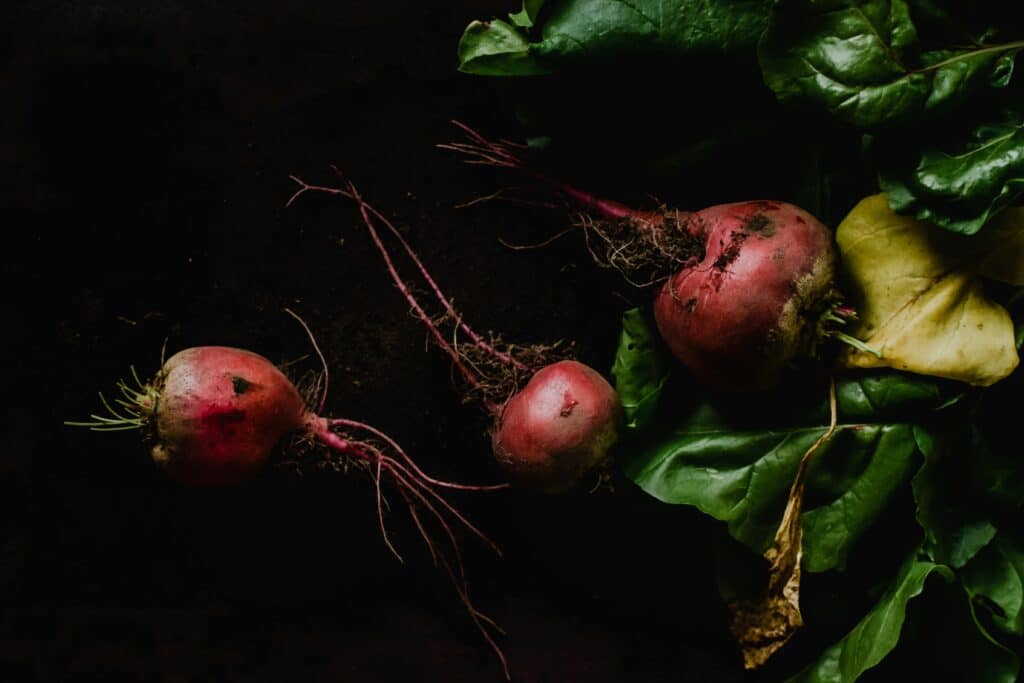
From deep purple Bulldozer to golden Touchstone Gold, diverse beet varieties let you grow a rainbow that looks as good on the plate as it tastes. This cool-season crop is tender yet resilient – perfect for beginning gardeners.
Sow beet seeds directly in prepared garden soil 2-3 weeks before your region’s last spring frost date. For fall harvests, get seeds in ground 8-10 weeks prior to anticipated first hard freeze.
Space seeds 1-2 inches apart in all directions in rows or blocks, planting 1⁄4 inch deep. Thin seedlings when they reach 3 inches, leaving 4-6 inches between plants. Consistent moisture and mulch keeps growth steady.
Beets send up nutritious greens early – thin these for salads. Bulbing begins a month later. Test size by pushing aside soil to check. The biggest roots often lurk deceptively deep!
Harvest promptly when roots reach ping pong to tennis ball sizes for best texture. Skins slip off easily if gently cooked whole. Cold weather brings out beets’ sweetest flavor.
6. Green Beans
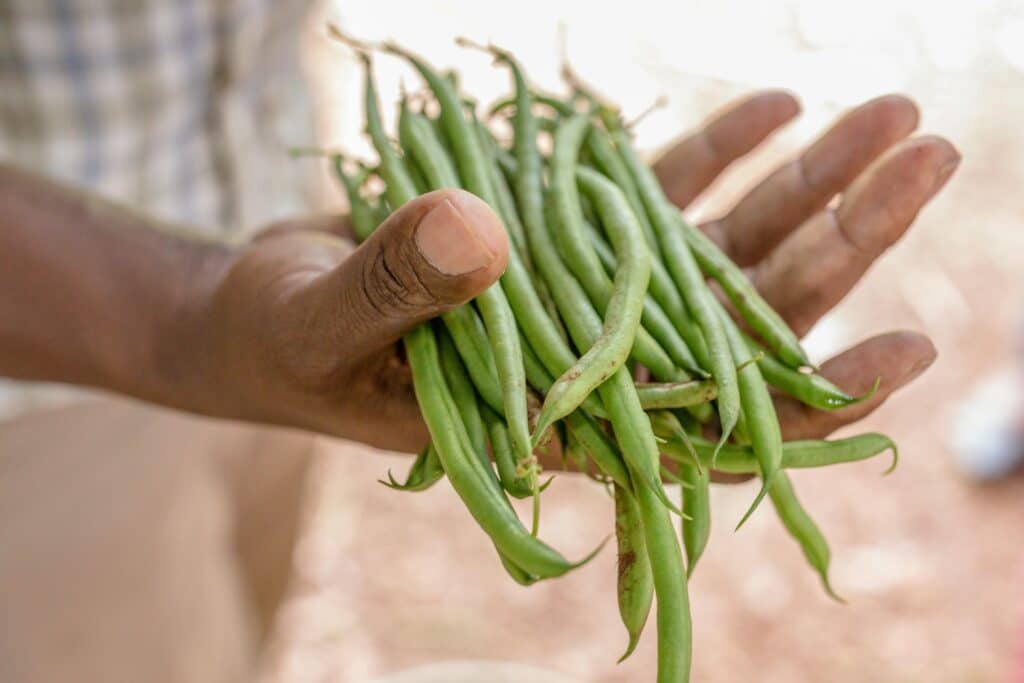
Slender snap beans and their Italian Romano and yellow wax cousins are all easy for beginners from seed to harvest. Bush varieties fit neatly into smaller plots while pole types need trellising but bear heavier over longer periods.
Direct sow beans 1-2 weeks after your region’s final spring frost when soil warms above 60 ̊F. Place seeds 1-2 inches deep and 2 inches apart in rows set 18-36 inches apart. Soak seeds 24 hours before planting to hasten germination.
Once sprouted, thin bush seedlings to 4-6 inches apart; pole bean hills should stand 8-12 inches apart. Mulch around plants and provide even moisture. Avoid disturbing roots when weeding.
Pick often once pods reach desired size. Push-pin thin and slow to develop seeds taste sweetest. Picking frequently keeps plants productive through summer. Let some pods mature fully on the vine for shell and dry beans.
How to Start Your First Vegetable Garden
Armed with a list of beginner-friendly vegetables, it’s time to start growing! Turn your dreams of enjoying homegrown produce into reality with these simple steps:
When to Start
Consult your last spring frost date and count backwards 6-8 weeks to determine when to start seeds indoors or directly sow into your garden soil. This gives most veggies a head start on growth and maturity.
What You Need
Starting small scale, all you need are:
- Small garden plot/containers
- Seeds
- Gardening tools like trowels, shovels and hoes
- Watering can or hose
Start Simple
It’s tempting to grow every vegetable under the sun as an overeager beginner, but start modestly with just a few easy crops. Get these right first and it builds your gardening confidence and knowledge for taking on more.
Relax and have fun experimenting! Gardening is a skill gained through hands-on practice. Don’t put pressure on yourself to know everything up front.

